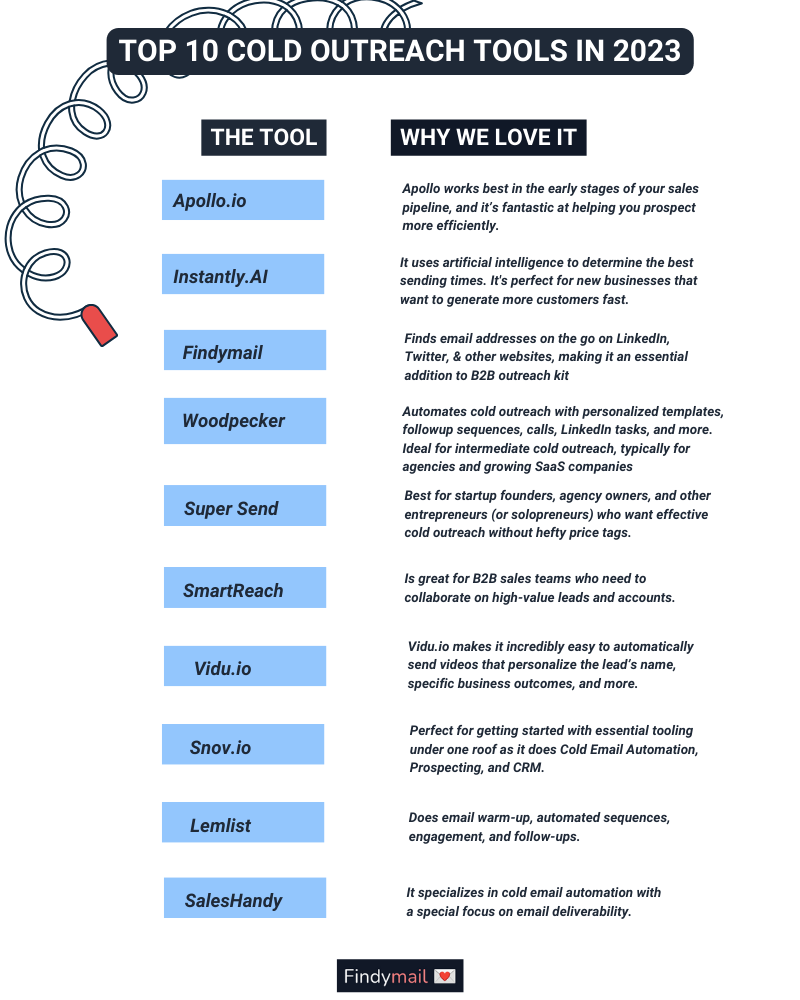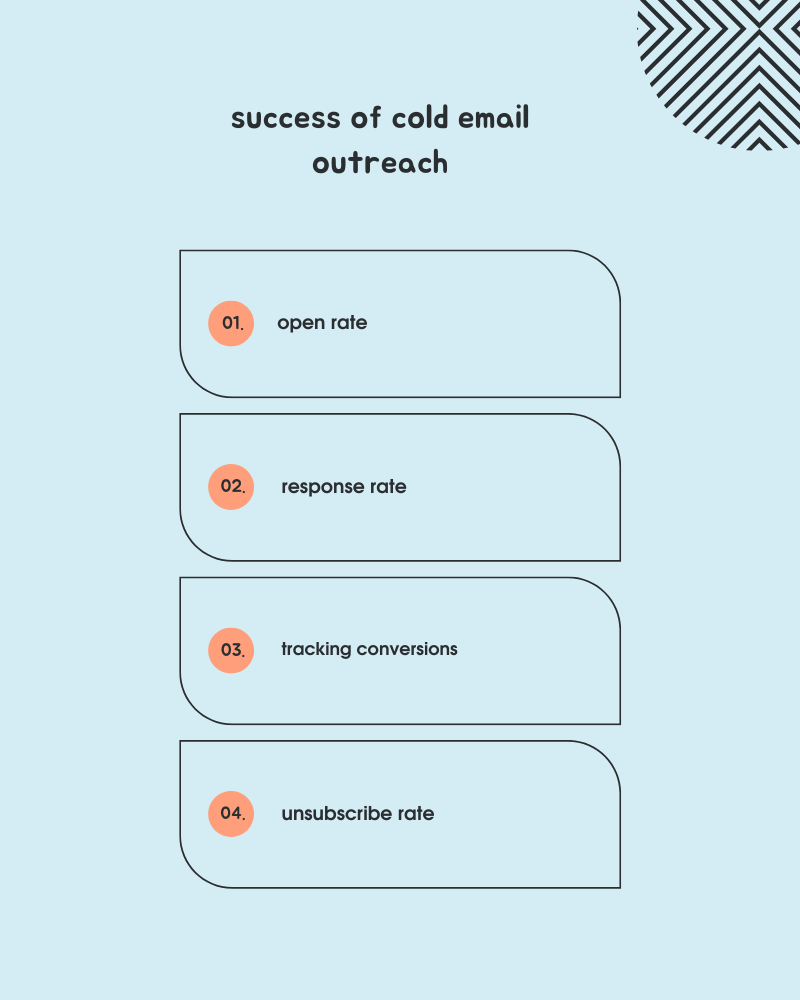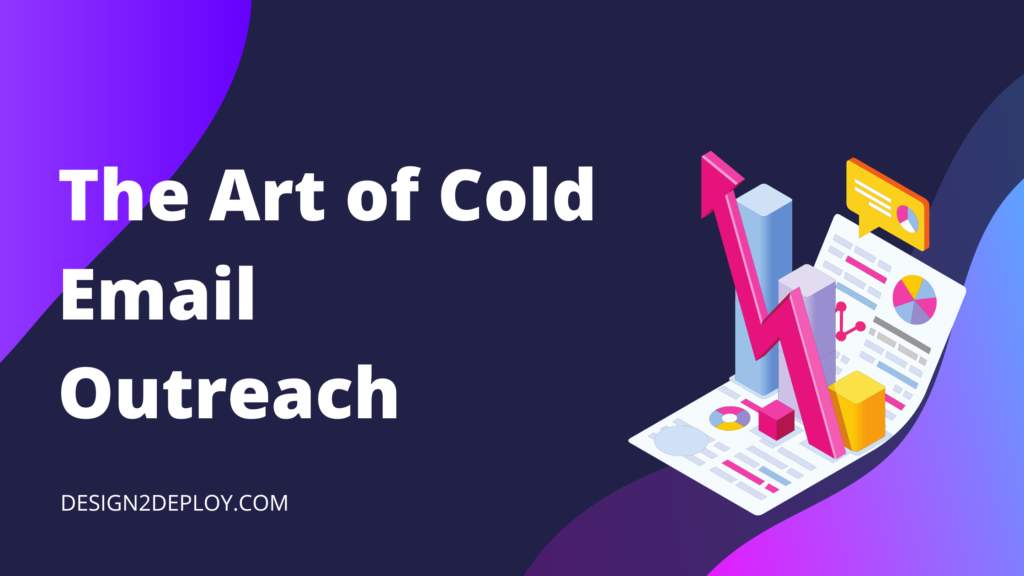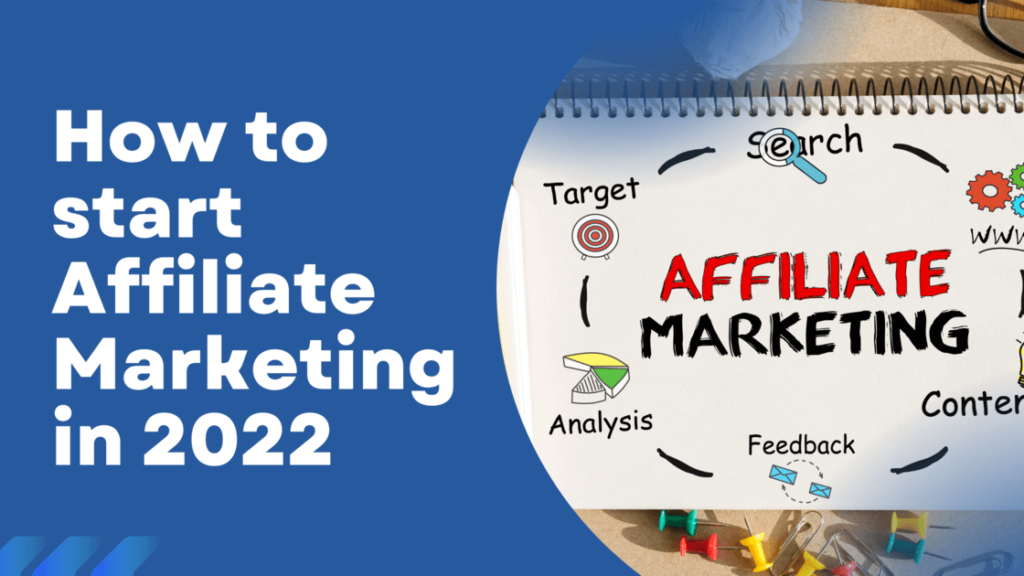Generating leads and connecting with potential customers is important for any business. One method that continues to deliver impressive results in acquiring new clients is cold email outreach. But what exactly is it, and how can you learn to craft cold emails that get results?
In this blog post, we’ll explore why cold email outreach is a vital tool for lead generation. We’ll also cover the dos and don’ts of effective outreach, including tips on crafting compelling emails and structuring your emails for maximum impact.
Why Cold Email Outreach is important for lead generation
Cold email outreach has become an increasingly popular strategy for lead generation. This method allows businesses to directly reach out to potential leads and establish a personal connection with them.
One of the main advantages of cold email outreach is its ability to target specific individuals or businesses that fit your ideal customer profile. By conducting proper research and segmentation, you can send personalized emails tailored to their needs and pain points. This level of personalization increases the chances of getting a response and ultimately converting leads into customers.
Another benefit of cold email outreach is its cost-effectiveness compared to traditional advertising methods. Sending targeted emails requires minimal investment in terms of time, resources, and money. It allows small businesses or startups with limited budgets to compete with larger enterprises on an equal footing.
Moreover, cold emailing gives you the opportunity to showcase your expertise and build credibility within your industry. By providing valuable insights or solutions in your emails, you position yourself as a trusted authority figure that prospects can rely on when they face challenges related to your products or services.
Additionally, cold email outreach provides measurable results through open rates, click-through rates (CTRs), and conversion rates. These metrics allow you to track the effectiveness of different strategies and make data-driven decisions regarding future campaigns.
The Dos and Don’ts of Cold Email Outreach
When it comes to cold email outreach, there are a few key dos and don’ts that can make or break your chances of success. Here are some tips to follow:
Do personalize your emails: Take the time to research your prospects and tailor each email specifically to their needs and pain points. Personalization shows that you’ve done your homework and increases the likelihood of a response.
| DOs | DON’Ts |
| follow up strategically: Send polite follow-up emails at appropriate intervals if you haven’t received a response yet. Show genuine interest and offer additional value with each follow-up attempt. | Don’t be too salesy: Focus on building relationships by offering value upfront. Provide helpful information or insights related to their industry or challenges they may be facing. |
| Do keep it concise: Respect recipients’ time by keeping your cold emails short and to the point. Get straight to the purpose of your message without unnecessary fluff. | Don’t forget a clear call-to-action (CTA): Every successful cold email should have a clear CTA that guides recipients towards taking action. |
| Don’t neglect testing and tracking: Experiment with different subject lines, messaging styles, and CTAs, then analyze which ones yield better results for generating leads effectively. |
By following these dos and avoiding these don’ts in your cold email outreach efforts, you’ll increase your chances of success in generating leads.
Crafting an effective cold email
Crafting a successful cold email requires careful attention to the subject line, personalization, and structure. Here are some tips to help you create a compelling cold email:
- Subject line: The subject line is the first thing that recipients see, so it needs to be compelling and relevant. Avoid generic or salesy subject lines; instead, try using a personalized approach by referencing something specific about the recipient or their company.
- Personalization: Take the time to research your target audience before sending out emails. Address them by name and show that you understand their needs or pain points. This will make your email feel more personalized and less like a mass message.
- Structure: Keep your cold email concise and focused on one main objective. Start with a brief introduction that grabs their attention and clearly states why you are reaching out. Then provide value by offering insights or solutions related to their specific challenges.
Break up your email into short paragraphs for easy readability. Use bullet points or numbered lists when appropriate to highlight key information. Remember to include a clear call-to-action at the end of your email, whether it’s scheduling a call, requesting feedback, or asking for a referral.
Tools and Resources for Cold Email Outreach
If you are looking to boost the success of your cold email outreach campaigns, utilizing the right tools and resources is important. Here are some essential tools and resources that can help you generate leads effectively through cold email outreach.

- Email Marketing Software: Invest in reliable email marketing software like Mailchimp or Sendinblue to manage your contact lists, create personalized email templates, schedule automated follow-ups, and track open rates and click-through rates.
- Email Finder Tools: Use tools like Hunter.io or Snov.io to find verified email addresses of potential leads based on their company domain or name. These tools save time by eliminating the need for manual research.
- CRM Systems: A customer relationship management (CRM) system such as HubSpot or Salesforce helps you organize and manage your contacts more efficiently. It allows you to keep track of interactions with prospects, set reminders for follow-ups, and monitor overall campaign performance.
- Email Tracking Tools: Monitor the performance of your cold emails with tracking tools like Yesware or Mailtrack. These tools provide insights into whether recipients have opened your emails or clicked on any links within them.
- Personalization Tools: Using personalization tokens in your cold emails can significantly improve response rates. Consider using merge tags provided by platforms like Gmass or Woodpecker to dynamically insert recipient-specific information into each message automatically.
Experimenting with different subject lines, content variations, and call-to-action buttons is key to optimizing your cold email campaigns over time. Utilize A/B testing features offered by popular platforms such as SendX or Reply.io to measure which elements yield better results.
Remember that these are just some examples of the many available options out there. The most effective tool will depend on factors such as budget constraints and specific goals for lead generation efforts. By utilizing these tools, you can improve the effectiveness of your cold email outreach campaigns and generate more leads for your business.
Measuring the success of your cold email campaigns
When it comes to cold email campaigns, measuring their success is crucial to measuring their effectiveness so you can make the necessary adjustments. Without tracking and analyzing the results, you could be wasting valuable time and resources on strategies that aren’t generating leads.

- Open rate – This tells you how many recipients actually opened your email and indicates whether or not your subject line was engaging enough to pique their interest.
- Response rate – This will give you insight into how well your email resonated with recipients and if it prompted them to take action. A high response rate suggests that your message was compelling and convinced prospects to engage further.
- Tracking conversions – It is also vital in assessing the success of your campaigns. By monitoring how many recipients convert into leads or customers after receiving a cold email, you can determine if your messaging, call-to-action, or overall strategy needs improvement.
- Unsubscribe rates – They indicate if there’s something about your emails that turns people off. High unsubscribe rates may indicate issues with relevance, frequency, or quality of content within the emails themselves.
By closely monitoring these metrics you can refine your approach for better lead generation results over time.
Mastering the art of cold email outreach is crucial for any business looking to generate leads effectively. By implementing these tips into your cold emailing strategy you’ll be well on your way to generating leads effectively and ultimately growing a successful business.



